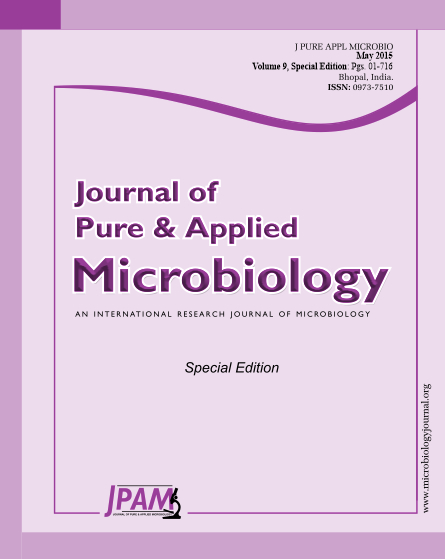Resistant pattern of extended spectrum b-lactamase producing isolates from clinical specimen; an experience at a tertiary care hospital in Alkharj, Saudi Arabia Improper use of antibiotics has resulted in increasing resistance of microorganisms against traditionally used antimicrobial agents. Production of ESBL by enterobacteriaceae presented the prototype of such increasing resistant pattern. This is not only associated with management problems but also responsible for increase cost of treatment. The resistant pattern of enterobacteriaceae was observed in this study in a tertiary care hospital of central region in Saudi Arabia. A total of 131 non-repetitive isolates of enterobacteriaceae from 200 clinical samples of urine, blood, pus, wound swab, high vaginal swab, sputum were included in the study over a period of eight months. All specimens were inoculated on Blood agar, MacConkey agar and cysteine lactose electrolyte deficient medium (CLED) medium. The resistant pattern was noted and results were compared with the national and international data available. The most frequent sample in our study was urine, followed by swabs, pus and body fluids. Members of enterobacteriaceae were isolated in 131/200 samples of these 84 isolates were positive for ESBL production. E coli was the most frequent organism producing ESBL. The organisms were least resitant to Imipinem, meropenem, amikacin, gentamicin and piperacillin/tazobaztam, while amoxiclav, cefepime, nitrofurantoin and ciprofloxacin showed intermediate susceptibility for ESBL producing enterobacteriaceae. Ceftazidime, trimethoprim/sulfam and norfloxacin were found to be lease effective with poor efficacy in our study.Conclusion and Recommendations: Our study described the resistant pattern of ESBL producing organisms in central region of Saudi Arabia. This study may affect the antibiotic policy to be adopted by the hospital.
ESBL producing enterobacteriaceae, drug resistance, antibiotic policy
© The Author(s) 2015. Open Access. This article is distributed under the terms of the Creative Commons Attribution 4.0 International License which permits unrestricted use, sharing, distribution, and reproduction in any medium, provided you give appropriate credit to the original author(s) and the source, provide a link to the Creative Commons license, and indicate if changes were made.


